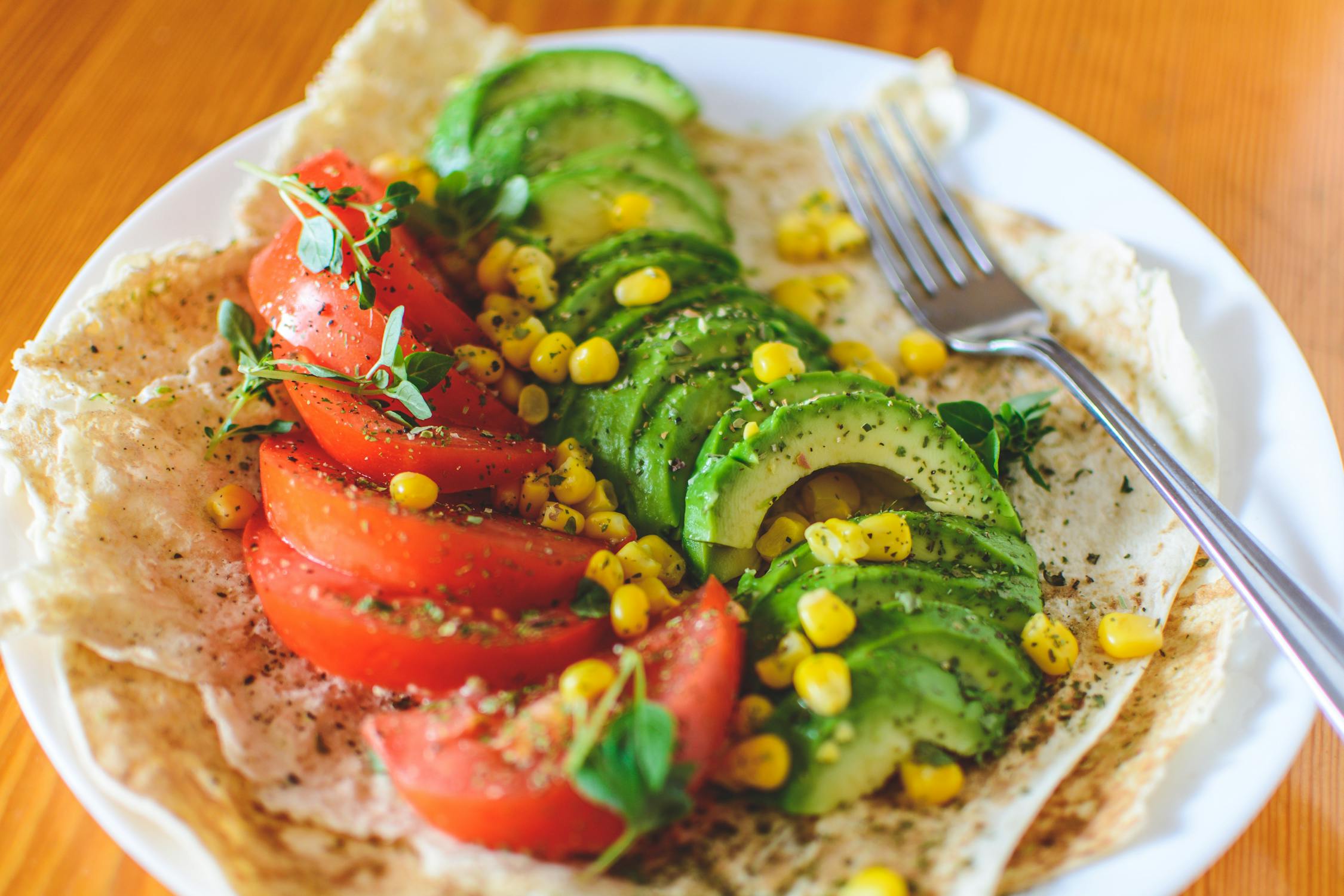Tortillas play a starring role in every section of this book. They are served fresh at the table, wrapped in a cloth in a basket or in a wooden box with a lid to hold their warmth. They’re a key ingredient in so many of my favorite dishes, from chilaquiles to enchiladas. And, of course, they can get folded around just about anything—to serve as the base for a taco—or fried to make a tostada. If you’ve ever tasted a fresh, hot corn tortilla, I don’t have to tell you how much better they are than the commercially produced kind with preservatives and stabilizers to ensure that they stay “fresh” for weeks, sealed in plastic bags. So if you have the time, it’s definitely worth making your own.
Corn tortillas are composed of three ingredients: corn, water, and powdered lime (calcium hydroxide, not the citrus). In Mesoamerica, corn was one of the main crops, a staple of the diet. Ancient Mesoamericans discovered that soaking dried corn in a mixture of water and lime (the mineral found in limestone) breaks down the kernels until they’re soft enough to mill. It also releases amino acids that turn the corn into a complete protein and allow our bodies to digest the nutrients more easily than they would if the tortillas were made with regular cornmeal. This process, called nixtamalization, produces the raw product used to make fresh masa, a grainy, wet dough that can be yellow or white, depending on the variety of corn (although in Mexico, corn is almost always white). To make a tortilla, you roll the masa into a ball, press it flat, and cook it on a comal.
Just as a pancake tastes best when transferred directly from the pan to your plate, a tortilla tastes best when it’s hot from the comal. A fresh tortilla should be soft and pliable. When folded, it shouldn’t break or snap back open. As they cool, tortillas stiffen. You can reheat them, but they’re never as tender and irresistible as when they’re first made. If you do reheat them, warm them on an ungreased comal or in a skillet and not a microwave. Microwaves heat the water in the tortillas, causing them to quickly dry out after the water evaporates as the tortillas cool down. In general, you can reheat tortillas once and seldom more than that. That said, like my mother, you may not want to slave at the stove flipping tortilla after tortilla while your family and friends feast. Even when you get the hang of making tortillas, it still takes time. If you want to throw together a Mexican meal quickly, you can’t make tortillas from scratch. In Mexico, we eat tortillas all day long, and most of us aren’t making them before every meal. I usually keep a bag of good tortillas in the fridge and more in the freezer, and heat them up as needed.
That said, like my mother, you may not want to slave at the stove flipping tortilla after tortilla while your family and friends feast. Even when you get the hang of making tortillas, it still takes time. If you want to throw together a Mexican meal quickly, you can’t make tortillas from scratch. In Mexico, we eat tortillas all day long, and most of us aren’t making them before every meal. I usually keep a bag of good tortillas in the fridge and more in the freezer, and heat them up as needed.
TORTILLAS
![TORTILLAS]() Reviewed by The hand of the king
on
November 18, 2019
Rating:
Reviewed by The hand of the king
on
November 18, 2019
Rating:

No comments: